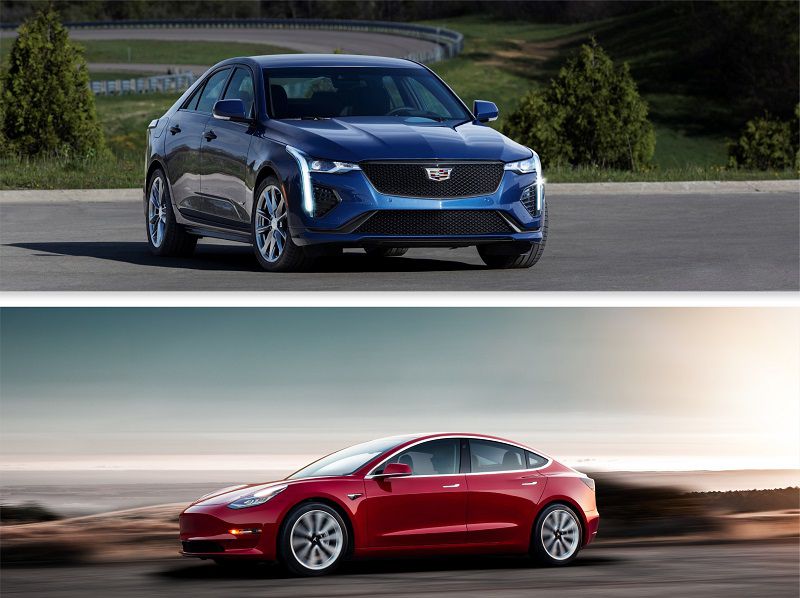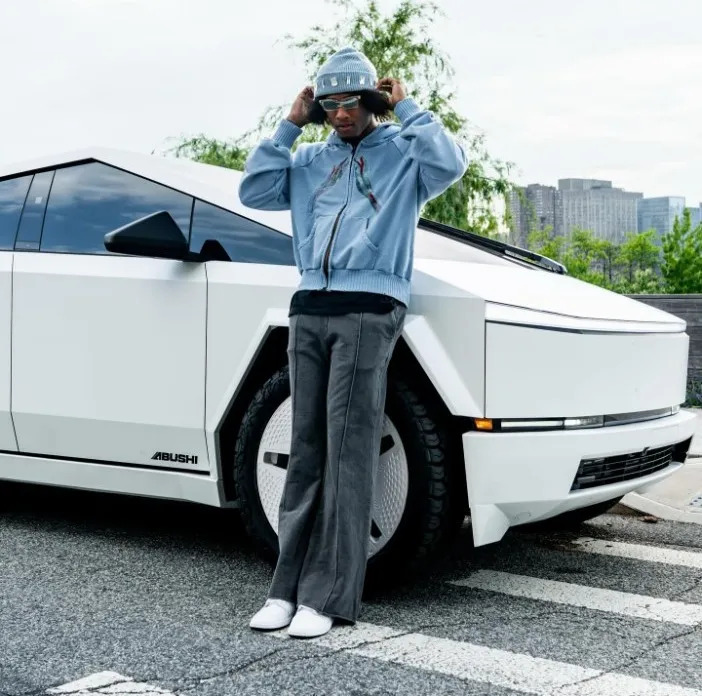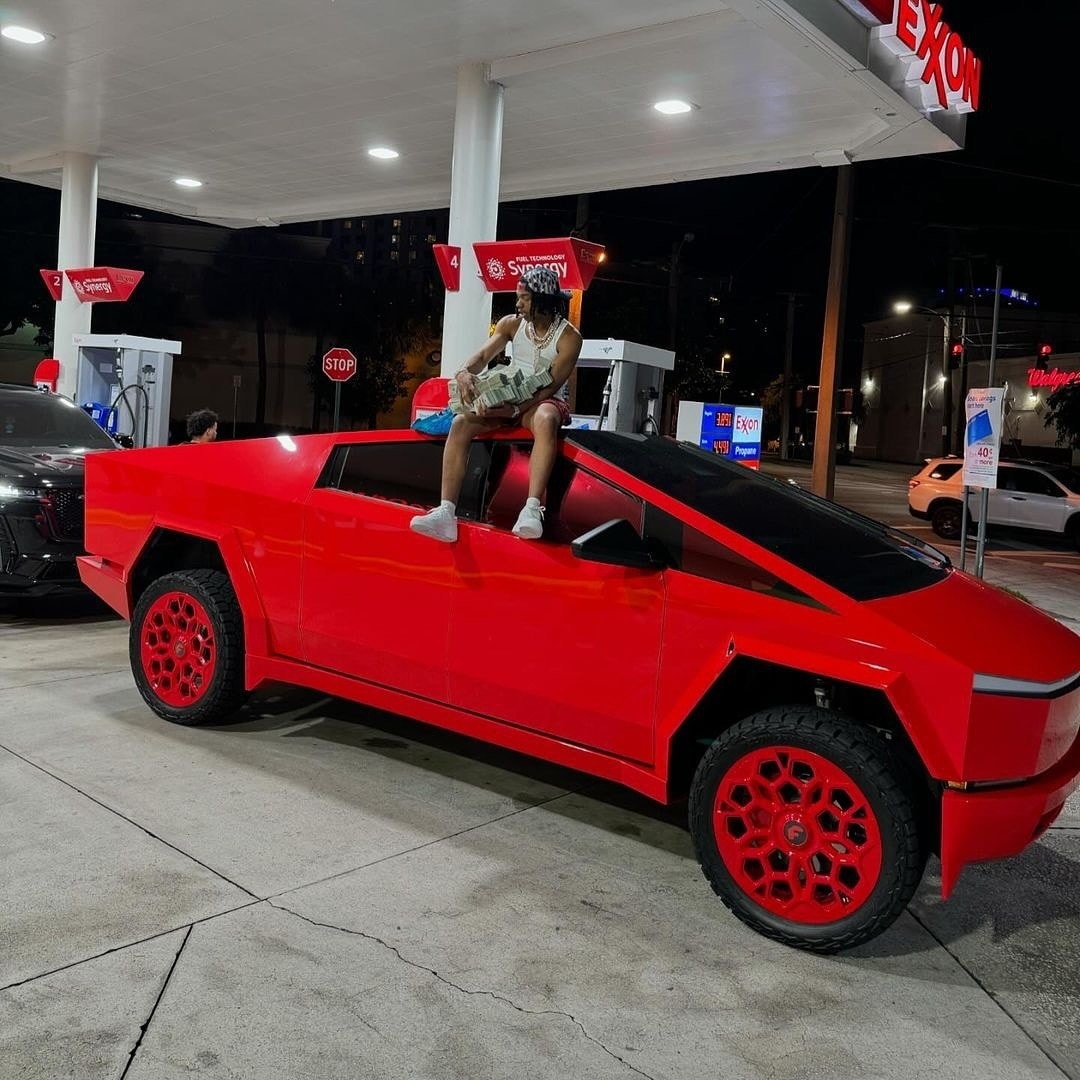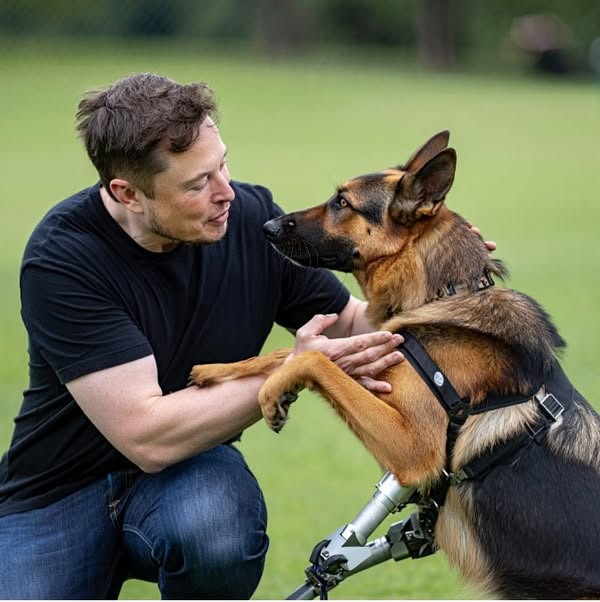Sure! Here’s an article comparing the technologies of Tesla and Honda:
Tesla vs Honda: A Comparison of Automotive Technology

In the ever-evolving automotive industry, Tesla and Honda stand as two distinct yet influential forces. Tesla, a pioneer in electric vehicles (EVs), is known for its futuristic innovation and software-centric design. Honda, a legacy automaker, combines decades of engineering excellence with a gradual transition toward electrification. This article explores the key technological differences and strengths between the two automakers.
1. Electric Vehicle Technology
Tesla: Tesla leads the EV space with its advanced battery technology, long-range capabilities, and efficient powertrains. Its proprietary 4680 battery cells promise greater range, lower cost, and improved performance. Tesla’s vehicles also feature over-the-air (OTA) updates, enabling software upgrades without visiting a service center.
Honda: Honda has been slower to adopt full electrification. The company has focused on hybrid vehicles for years (e.g., Accord Hybrid, CR-V Hybrid). However, with the launch of the Honda Prologue, a fully electric SUV co-developed with General Motors using the Ultium platform, Honda is stepping into the EV arena. Honda aims to release more EVs under its e:Architecture from 2026 onward.

Verdict: Tesla currently holds a strong lead in EV technology and infrastructure, but Honda is catching up with strategic partnerships and its own platforms in development.
2. Autonomous Driving
Tesla: Tesla’s Autopilot and Full Self-Driving (FSD) systems are among the most talked-about autonomous technologies in the world. Tesla uses a vision-based AI system without relying on LiDAR, betting on neural networks and camera data to enable fully autonomous driving.
Honda: Honda has taken a more cautious approach. Its Honda Sensing suite offers features like adaptive cruise control, lane-keeping assist, and collision mitigation. In Japan, Honda introduced Level 3 autonomous driving in the Legend sedan (limited production), allowing hands-off driving under certain conditions—a milestone Tesla has yet to officially reach.
Verdict: Tesla has broader deployment and aggressive ambition in autonomy, while Honda has taken a more conservative but regulatory-approved step with Level 3 automation.
3. Infotainment & User Interface

Tesla: Tesla vehicles are known for their minimalist interiors dominated by a central touchscreen, which controls nearly all vehicle functions. The Tesla OS is frequently updated via OTA updates, adding new features and improving user experience.
Honda: Honda vehicles typically feature more traditional controls with physical buttons, though newer models like the Civic and Accord are adopting larger touchscreens and digital displays. Honda is integrating Google built-in for navigation, voice commands, and apps in newer models.
Verdict: Tesla provides a more software-driven, futuristic interface, while Honda balances new tech with user familiarity.
4. Battery & Charging Infrastructure
Tesla: Tesla’s Supercharger network is one of its biggest advantages, offering fast, reliable charging across the globe. Tesla also optimizes battery performance with features like pre-conditioning and battery management systems.
Honda: Honda lacks its own charging network and instead relies on third-party providers like Electrify America. As it enters the EV market more aggressively, Honda will depend on industry-wide partnerships for infrastructure.
Verdict: Tesla has a clear edge in charging technology and network availability.
5. Sustainability and Future Vision

Tesla: Tesla’s mission is to accelerate the world’s transition to sustainable energy. It not only builds EVs but also manufactures solar products and energy storage systems (like Powerwall), aiming for a full ecosystem of clean energy.
Honda: Honda has pledged to be carbon-neutral by 2050 and aims for 100% EV or fuel-cell vehicle sales by 2040. It is also investing in hydrogen fuel cell research and solid-state batteries.
Verdict: Both companies are committed to sustainability, but Tesla’s vertical integration and broader energy ecosystem give it a head start.
Conclusion
Tesla and Honda represent different paths in the automotive tech race: one is a digital-native disruptor, the other a traditional powerhouse evolving toward the future. Tesla leads in electric drive systems, autonomy, and infrastructure, while Honda brings reliability, global manufacturing strength, and a more cautious approach to innovation. As the industry shifts, both companies will play important roles—but for now, Tesla remains ahead in terms of cutting-edge technology, while Honda offers a more balanced, transitional route into the future of mobility.





